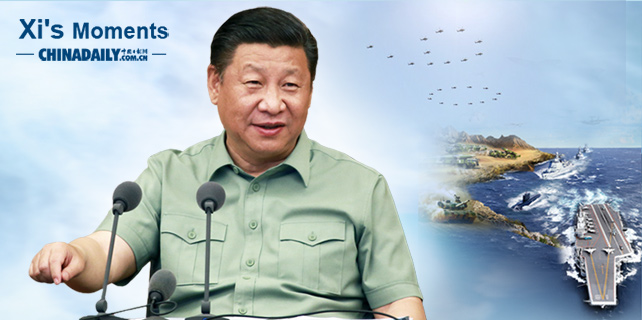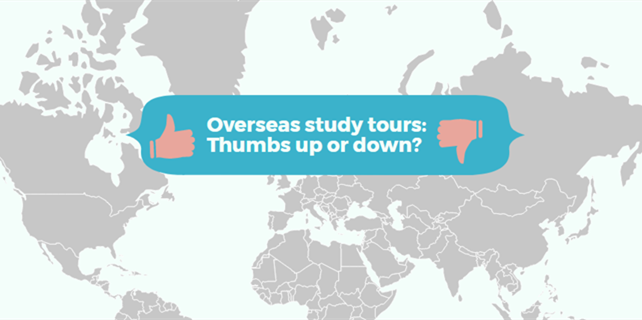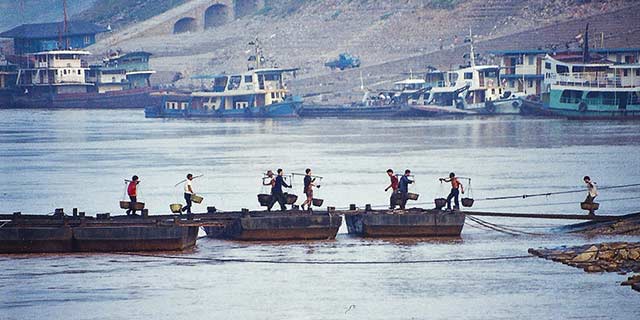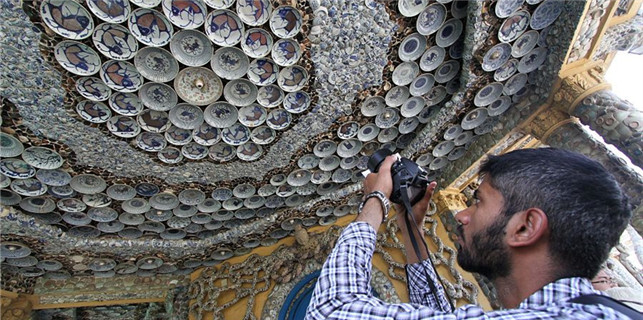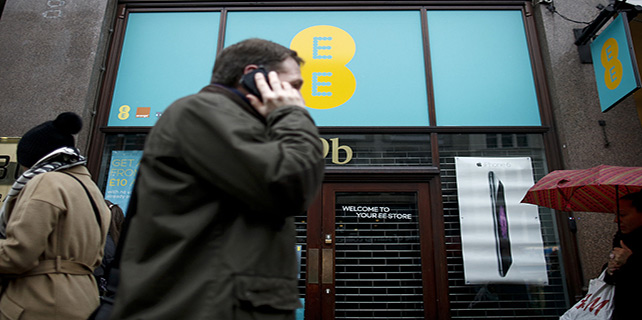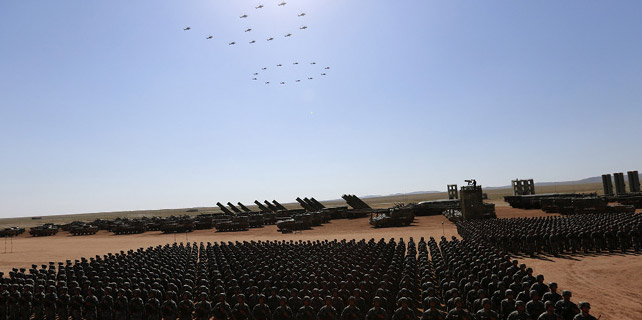Wine starts to flow into China via rail
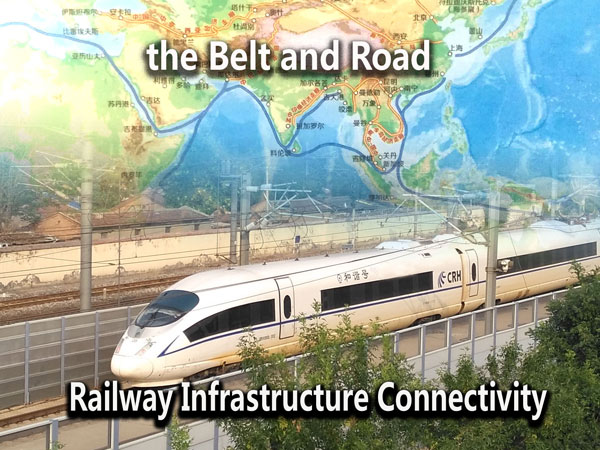
Logistics companies work to solve the challenges posed by heat, movement
China is set to receive its second test railway shipment of French wine later this month as European logistics companies work to ensure they can deliver the product unaffected by the varied conditions such trains encounter on the 11,400 kilometer journey.
The second shipment left the transportation hub of Duisburg in Germany on Friday and is expected to arrive in Shanghai around Aug 21.
The outcome of the test would give the world's second-biggest wine producer a possibly faster route into China, potentially the biggest market in the world.
The shipment of French wine was conducted by JF Hillebrand, an international service provider that specializes in the transportation of wine, beer and spirits, and the InterRail Group, an international transport group focusing on rail freight.
The first test train departed from Duisburg on May 5, crossing six countries and arriving in Yiwu, Zhejiang province, 22 days later, covering a distance of more than 11,400 kilometers in at least 13 days less than the time the journey takes by sea.
The main challenge for such wine shipments is the varied temperatures throughout the journey, which range from -2 C to 58 C.
The container is fitted with a protective liner foil system, called the VinLiner, which regulates the temperature and humidity of the contents. It keeps the temperature of the liner between 9 C to 32 C, and the temperature of the wine under 29 C.
According to the first results, there is no damage to bottles or labels.
Jannson Chan, JF Hillebrand Group's area director for Greater China, said: "This solution complements sea freight and air freight, as the VinLiner is a protection with proved effectiveness." Chan said he expects that growing capacity on rail services will further reduce costs, which would help rail shipment better compete with sea shipment.
Carsten Pottharst, managing director of InterRail Europe, said: "We are pretty confident that we can work out a solution for wine transports for at least spring and autumn. Summer and winter still have very rough conditions and we need to double check."
Another thing monitored in the first test shipment was how much force the bottles of wine could endure during a journey to China. The G-forces data loggers revealed that the maximum force exerted on the containers was 2G, the equivalent of a rollercoaster. This happened in the lines between Kazakhstan and China as a result of uneven rail tracks, but the bottles were not damaged.
Hendrik Wehlen, operations manager at InterRail Europe, said: "Rail transit will be an add-on for the logistical portfolios in regard to new transport solutions. This means that it will allow European winemakers a faster transit time for their shipments to China and other countries."
European winemakers will have more flexibility by using this mode of transport which can be adjusted to their customers' needs, he added.




